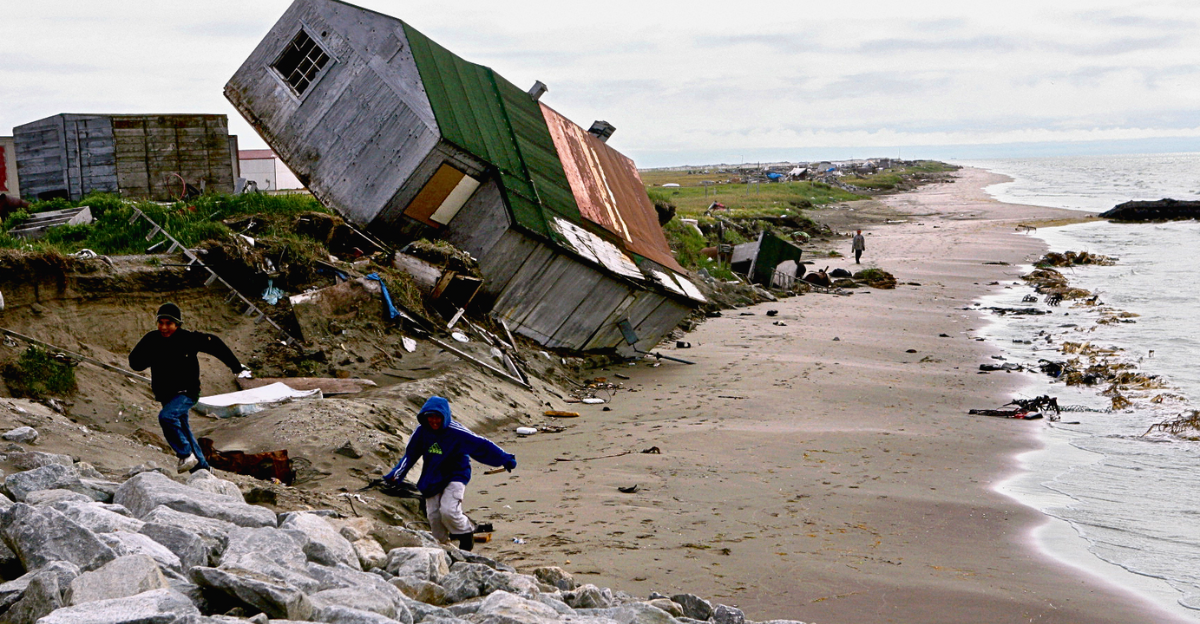
Many assume presidential transitions unfold gradually in far-off Washington corridors. But in Alaska, change has arrived like a sudden storm.
Contrary to the belief that federal shifts rarely ripple this far north, the first 100 days of the Trump administration have already brought sweeping, tangible impacts—economic jolts, staffing cuts, and abrupt policy pivots that are reshaping life across the Last Frontier.
Here’s a striking sign of the upheaval: more than $69 million in federal grants and contracts have been cut or suspended in Alaska alone, and hundreds of federal workers have filed for unemployment. From energy development to Indigenous rights, the ripple effects are deep and fast-moving.
Let’s unpack nine major ways the new administration is reshaping Alaska—sometimes in ways Alaskans expected, and sometimes not.
1. Federal Funding Freezes Rock Rural Alaska
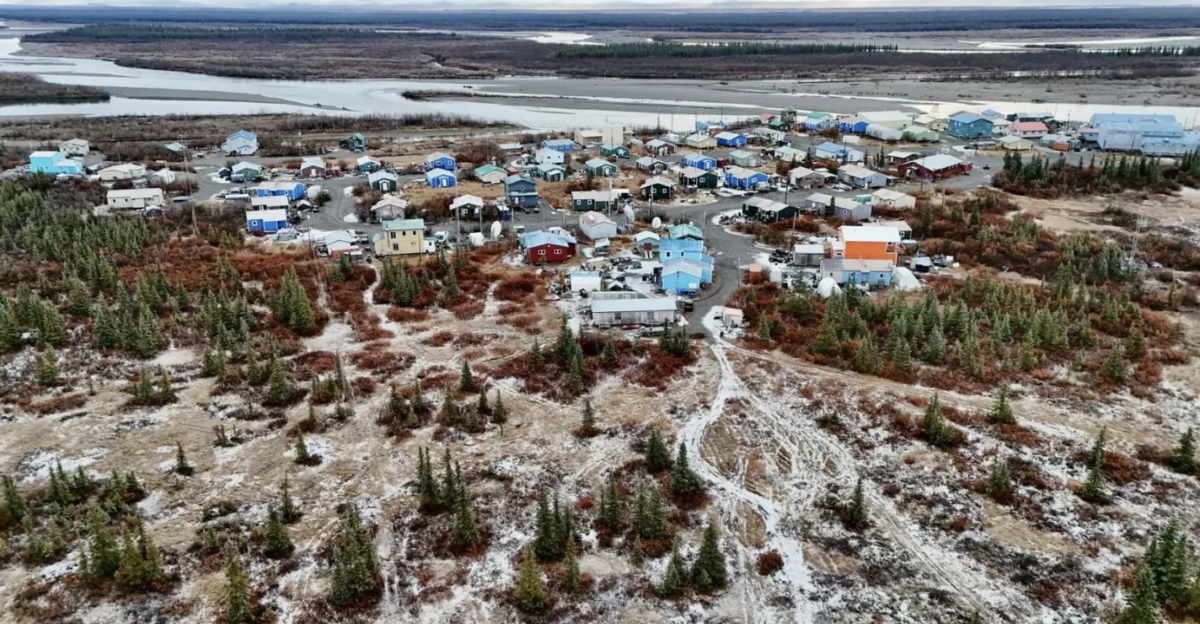
Tens of millions in federal grants and contracts once earmarked for Alaska have vanished under the new Department of Government Efficiency. The loss has upended public safety, science programs, and rural infrastructure development.
Among the most high-profile casualties is the Bering Straits Community Solar and Battery Systems Project, now on indefinite hold. “The uncertainty is, you know, is really scary for folks,” said Amanda Toerdal of Kawerak, the nonprofit spearheading the project. Initially funded through the Inflation Reduction Act, it aimed to replace diesel power in five Arctic communities.
A new DOGE tracker estimates at least $69.5 million in terminated grants so far—but that doesn’t include frozen or delayed funds, which many nonprofits say they’re still grappling with.
2. Hundreds of Federal Jobs—Gone Without Warning
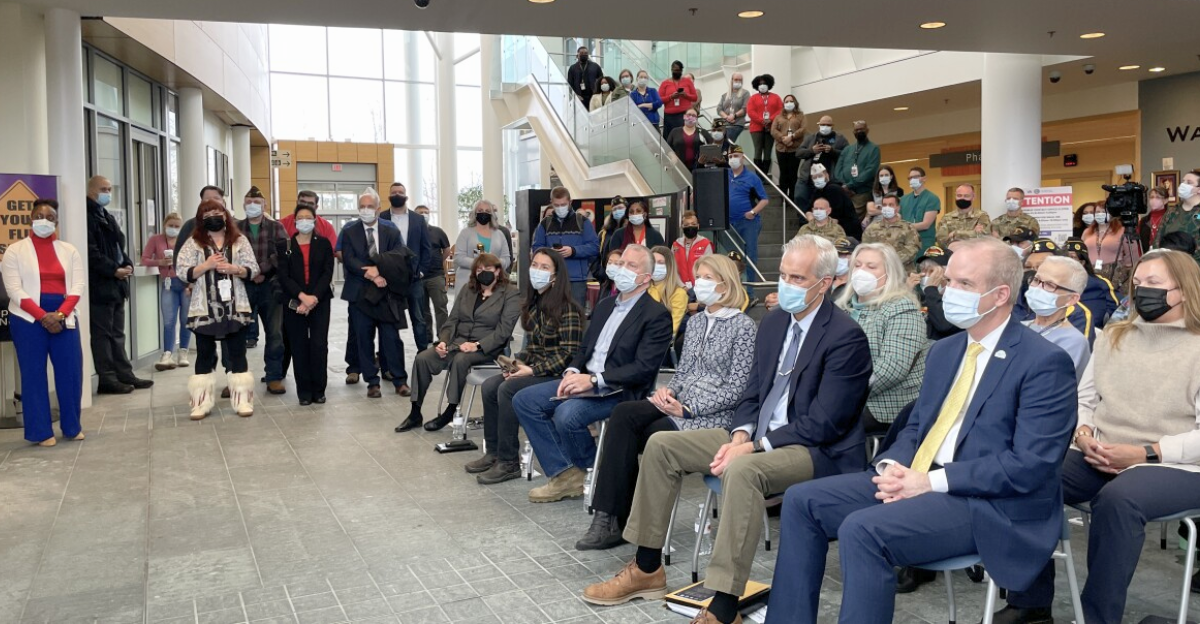
The federal government has long been Alaska’s economic bedrock, supporting around 15,000 workers. But in the new administration’s first three months, hundreds of those positions have vanished through layoffs, buyouts, or early retirements.
One of them was Dan Ruthrauff, a research biologist who left the U.S. Geological Survey earlier than planned. Economists like Brock Wilson at the University of Alaska Anchorage say the scale of the cuts is still unclear, noting that confusing federal messaging and payroll quirks have muddled the data.
Over 230 have filed for unemployment, but many others are in limbo—some re-hired, others shuffled to new jobs. True impacts may not be clear until federal payroll numbers arrive months from now.
3. Gas Pipeline Dreams Reignite—But Are They Real?
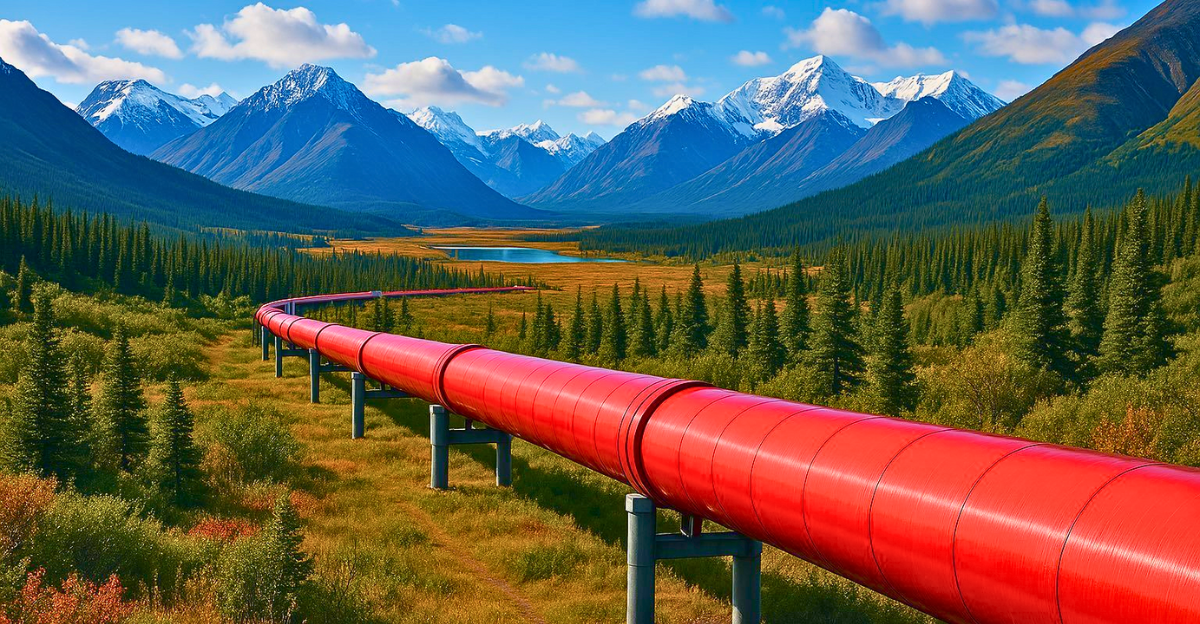
Once viewed as a political mirage, the 800-mile Alaska LNG pipeline has regained momentum under the Trump administration. The project, decades in the making and last priced at $43.8 billion, suddenly has the White House’s full backing.
Plans are underway to host energy summits with Japan and South Korea to secure buyers. “Having President Trump’s support, I think, can make a significant difference in getting buyers lined up,” said Randy Ruaro of the Alaska Industrial Development and Export Authority.
Even longtime skeptics like Sen. Bert Stedman now express cautious optimism. Still, officials warn that international investment remains uncertain, and support from the Oval Office may not be enough to finally get the pipe in the ground.
4. New Oil Optimism Meets Economic Reality
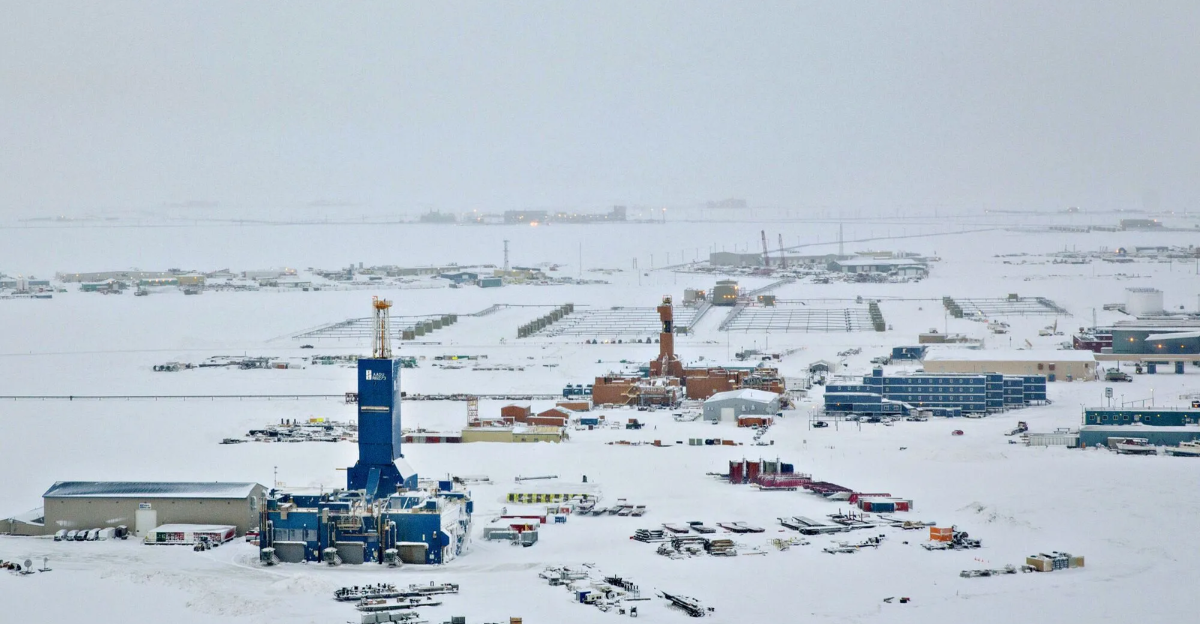
The new energy doctrine—“Drill, baby, drill”—has lifted the spirits of Alaska’s oil industry. Restrictions imposed under Biden were swiftly scrapped, and executive orders now promise expedited permits in just 28 days. But enthusiasm has collided with market headwinds. The price of Alaska North Slope oil has dropped 10% since January, stoking fears that pro-oil rhetoric is clashing with anti-inflation policy.
Brad Keithley, a longtime industry analyst, noted that falling prices could still stifle growth: “You drive the price of oil down, you’re undermining the economics of projects.” Nonetheless, trade leaders see regulatory relief as a hopeful signal that exploration may thrive—if global markets cooperate.
5. Oil Patch Breathes Easier Under Deregulation Push
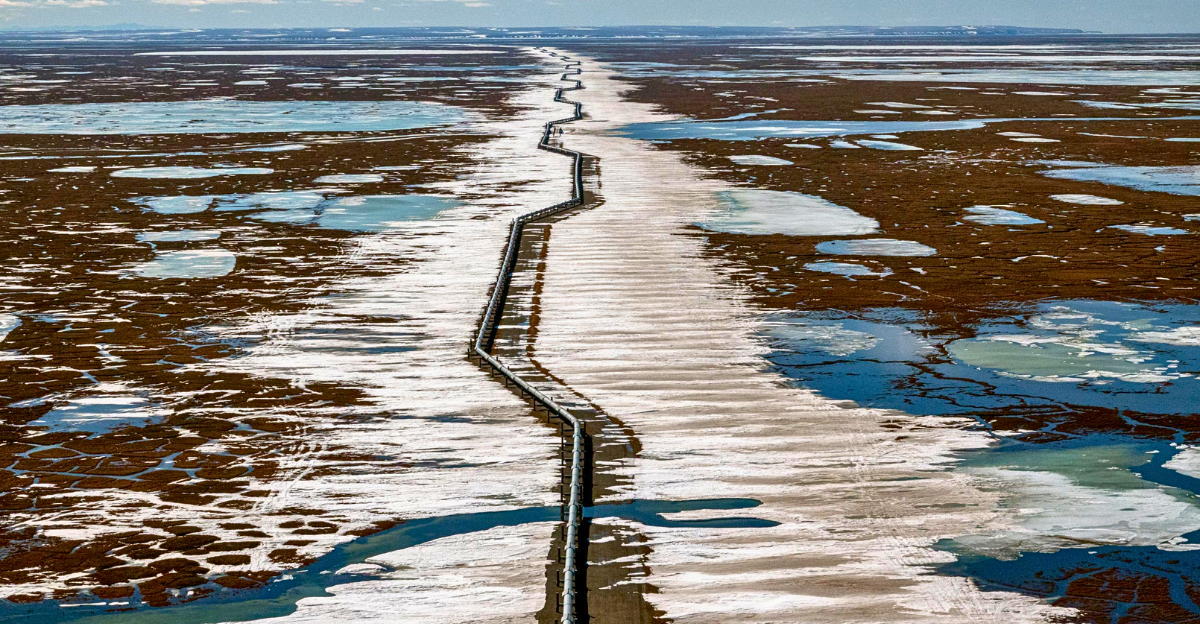
Beyond market forces, the mood among oil executives has changed. Kara Moriarity of the Alaska Oil & Gas Association said it’s not just about policy—it’s the mindset shift: “Just the tone of and that philosophical belief that there is a future (for oil)… is really what’s going to drive the change.”
While environmental reviews and drilling leases are still in early stages of overhaul, the directive is clear: speed up energy production. Still, as Keithley pointed out, permit speed won’t matter if oil remains cheap and development costs stay high. Alaska’s oil patch is no stranger to booms and busts—and this time, hope hinges on both politics and price.
6. State Budget Slammed by Oil Price Drop

Even as pro-oil policies roll out, Alaska’s budget faces new pain from sinking oil prices. With crude slipping below expectations, the state’s revenue shortfall now stretches into the hundreds of millions. Lawmakers, who depend heavily on oil tax revenues, are bracing for deeper deficits. Trump’s own advisers, including Peter Navarro, have signaled support for cheaper oil to curb inflation—an approach that cuts against Alaska’s fiscal stability.
Brad Keithley called it a contradiction: “You drive the price of oil down, you’re undermining the economics of projects.” For now, Alaska’s hopes for balancing its books may rely less on new drilling—and more on creative accounting.
7. Indigenous Identity Undermined by Mountain Renaming

In a symbolic move that sparked outrage across Alaska, the administration reverted the name of the nation’s highest peak from Denali back to Mount McKinley. While Trump claimed the switch honored historical precedent, many Alaskans saw it as erasure. “It should be called Denali,” one Girdwood resident wrote. “It was called Denali by the Koyukon Athabaskans long before the Russians came to Alaska.”
The Alaska Legislature swiftly passed a bipartisan resolution urging a reversal. So far, the administration has remained silent. But among Indigenous communities and longtime residents, the message was clear: decisions made from Washington still sting when they ignore local heritage.
8. Hopes Dashed for Clean Energy in Remote Regions

Clean energy projects designed to reduce diesel reliance in rural Alaska are collapsing under funding suspensions. The halted Bering Straits solar and battery initiative isn’t alone—many other programs have reported frozen grants or vanished contracts. For isolated villages, these cuts threaten not just energy access but basic resilience.
Advocates argue that energy independence is more than a green initiative—it’s a necessity in places where diesel is expensive and unreliable. Without federal backing, many communities are now left scrambling for alternatives or forced back into dependence on costly fossil fuels. The fallout is especially painful for nonprofits and tribal groups who spent years preparing these initiatives.
9. Strained Cross-Border Ties Impact Alaska Towns
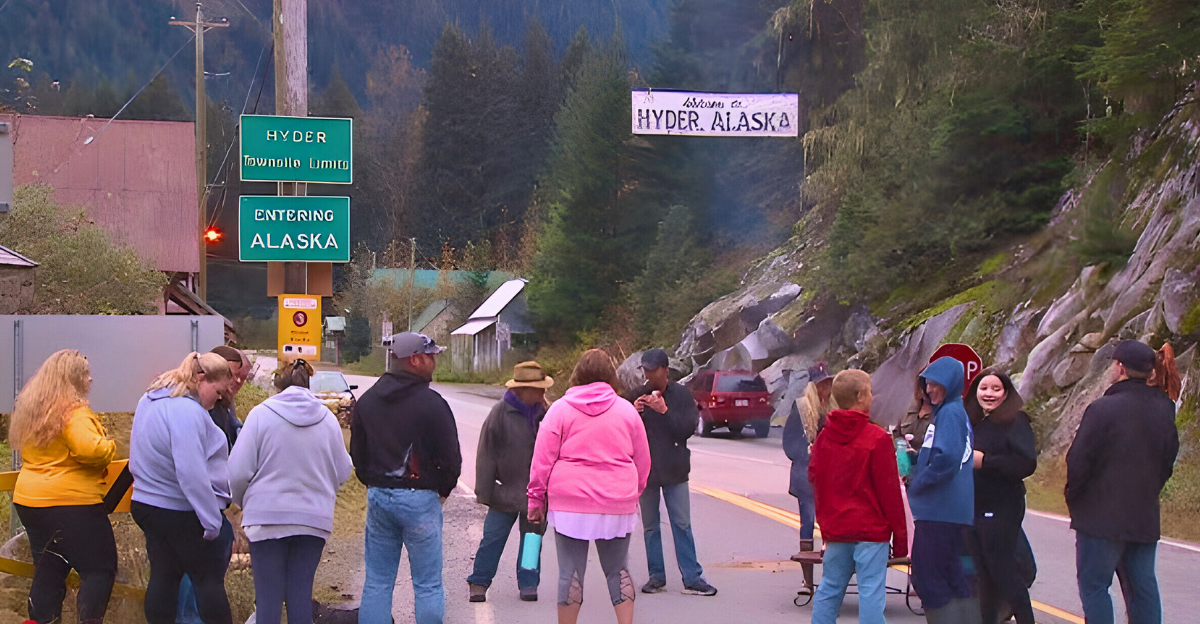
Trump’s 25% tariffs on Canada—though later paused—sparked backlash that’s still rippling through Alaska’s border towns. In Haines and Skagway, Canadians are backing out of summer visits and events, and at least one artist has pulled work from a local shop. Businesses like Anchorage’s Ermine Skate report lost orders over political tensions.
The Yukon’s premier urged locals to push back against Trump’s trade stance, and in March, Alaska lawmakers passed a resolution supporting Canada’s sovereignty and opposing trade restrictions. What once was a cooperative border dynamic now faces serious strain, with economic and cultural ties under growing pressure.
Explore more of our trending stories and hit Follow to keep them coming to your feed!

Don’t miss out on more stories like this! Hit the Follow button at the top of this article to stay updated with the latest news. Share your thoughts in the comments—we’d love to hear from you!







